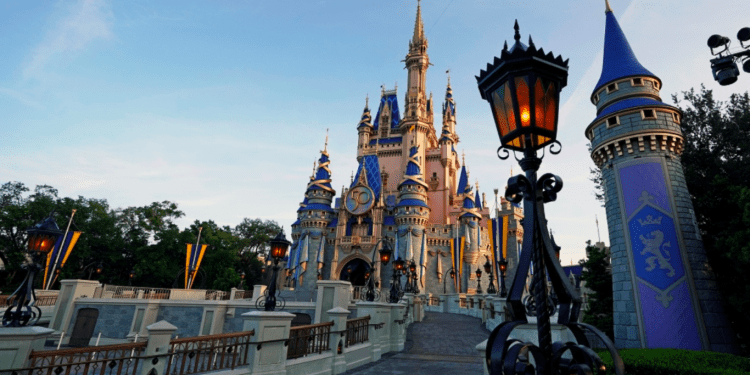- Disney has eliminated its metaverse division, which was focused on developing interactive storytelling using the company’s intellectual property, as part of a broader restructuring plan to reduce costs.
- The decision is influenced by economic challenges, competition in streaming, and slow growth in the metaverse industry, with tech companies struggling to generate user demand and understanding of the technology.
- Despite the shutdown, Disney’s leadership has shown interest in the metaverse, with former CEO Bob Chapek calling it “the next great storytelling frontier,” and current CEO Robert Iger investing in related startups.
Disney’s Metaverse Division, once a symbol of the company’s push into the future of interactive storytelling, has ended abruptly as part of a broader restructuring plan to reduce costs. The decision to eliminate the division reflects not only Disney’s need to cut expenses but also the slow growth of the metaverse concept in the broader tech industry.
The Demise of Disney’s Metaverse Division
According to sources familiar with the situation, Disney’s next-generation storytelling and consumer-experiences unit, dedicated to developing metaverse strategies, has been eliminated. The division, led by Mike White, a former Disney consumer products executive, was tasked with exploring innovative ways to tell interactive stories using Disney’s extensive intellectual property. This decision is part of a larger restructuring plan expected to reduce Disney’s headcount by around 7,000 employees over the next two months.
The metaverse division employed around 50 people, all of whom have lost their jobs. Mike White will remain at the company, although his new role remains unclear. The division’s plans were still nebulous even a year after its creation, with hints of potential applications in fantasy sports, theme-park attractions, and other consumer experiences.
Disney’s Struggles and the Changing Landscape of Entertainment
Disney’s decision to cut its metaverse division can be attributed to internal and external factors. The company has faced economic headwinds, stiff competition in the streaming market, and dwindling revenues from cable TV and the cinematic box office. In response, Disney has turned to cost-cutting measures, with plans to reduce costs by $5.5 billion and lay off about 7,000 employees.
The metaverse has also seen slow growth, with significant players like Meta Platforms Inc. (formerly Facebook) struggling to generate user demand and understands the technology. Despite substantial investments in metaverse development, many tech companies have been frustrated by the slow adoption of these new entertainment formats.
What’s Next for Disney and the Metaverse?
Although Disney’s metaverse division has been shut down, it doesn’t necessarily mean that the company has entirely given up on the concept. Disney’s former CEO Bob Chapek, who Robert Iger succeeded in November, had previously described the metaverse as “the next great storytelling frontier.” Iger has shown interest in the metaverse, investing in and joining the board of Genies Inc., a startup focused on creating online avatars for use in the metaverse.
It remains to be seen whether Disney will explore metaverse opportunities through other teams or initiatives in the future. As technology evolves and the metaverse concept becomes more refined, Disney could re-enter the space in some capacity. For now, Disney’s focus on cost-cutting measures and adapting to the shifting entertainment landscape has taken priority over its metaverse ambitions.














